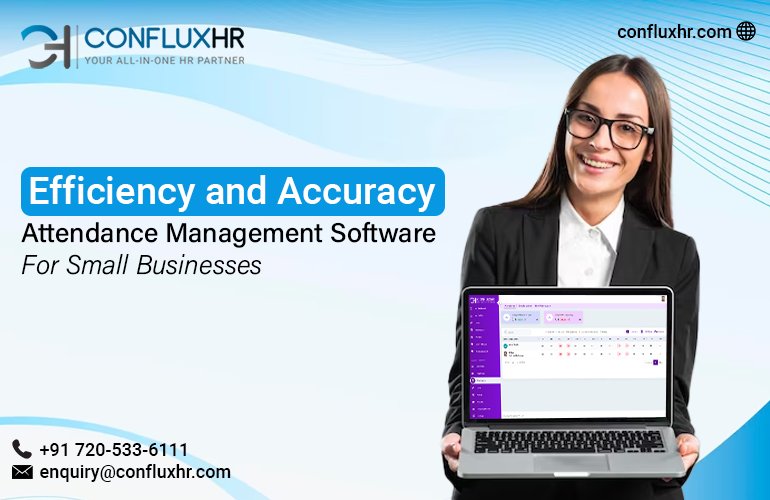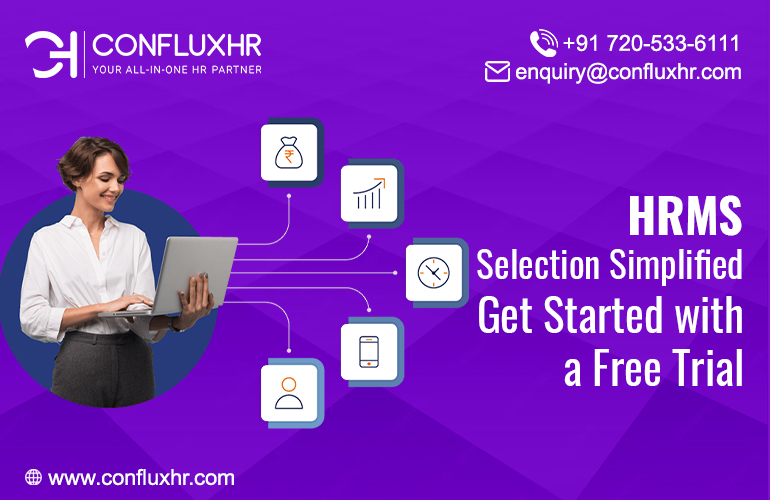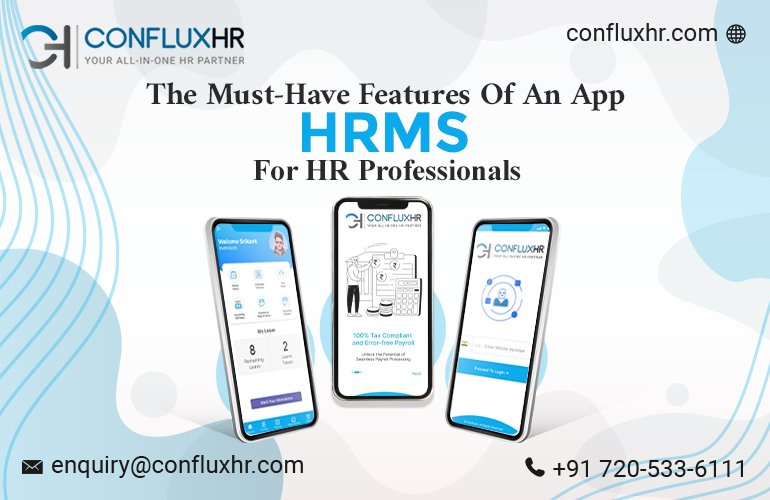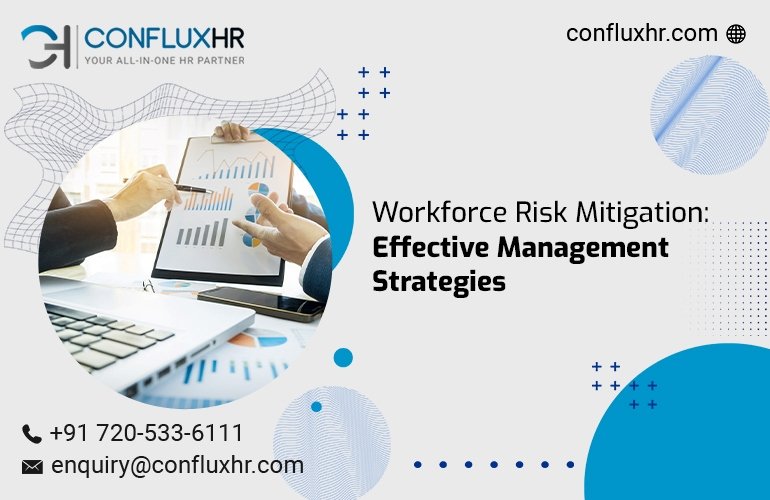In today’s fast-paced digital world, organizations face ever-evolving challenges in managing their payroll securely. Ensuring the confidentiality and integrity of sensitive payroll data is not only crucial for employee trust but also vital for safeguarding the company’s reputation.
Cyber threats and data breaches have become more sophisticated, making it essential for businesses to adopt robust security measures.
In this blog, we will explore the challenges of payroll security, the benefits of using ConfluxHR’s HRMS solution, and five best practices to maximize payroll security while generating error-free and accurate payroll.
Challenges of Payroll Security
- Data Breaches: Payroll data holds a wealth of valuable information, making it an attractive target for cybercriminals. A data breach can lead to severe financial losses and significant reputational damage.
- Insider Threats: Internal employees with access to payroll information may attempt to manipulate data for personal gain, leading to payroll fraud incidents.
- Compliance Issues: Non-compliance with data protection regulations can result in hefty penalties and legal ramifications.
Benefits of Using HRMS for Maximum Payroll Security
- Enhanced Data Protection: ConfluxHR provides a secure platform that employs robust encryption, firewalls, and multi-factor authentication to prevent payroll fraud. Our advanced security features ensure that only authorized personnel can access sensitive information.
- Error-Free Payroll Processing: Manual payroll processing is prone to errors that can lead to incorrect payments and disgruntled employees. ConfluxHR’s automated payroll system eliminates errors, ensuring accurate and timely payments.
- Role-Based Access Control: With ConfluxHR, you can define role-based access to payroll data, limiting unauthorized access and reducing the risk of data breaches.
- Regular Data Backups: Data loss due to hardware failure or cyber-attacks can be catastrophic. ConfluxHR regularly performs data backups, ensuring that your payroll information is secure and easily recoverable.
- Compliance Management: ConfluxHR stays updated with data protection regulations and industry standards. Our platform continuously adheres to the latest security protocols, providing peace of mind for your business.
Best Practices for Secure Payroll Processing
- Conduct Employee Training: Educate your employees about cybersecurity best practices and the significance of data security. ConfluxHR offers training modules to empower your staff with the knowledge needed to protect sensitive information.
- Regular Software Updates: Stay up-to-date with the latest security patches and software updates. ConfluxHR continually enhances its platform to address emerging security threats.
- Monitor and Audit: Keep a close eye on user activities and conduct regular audits. ConfluxHR provides comprehensive audit logs to track and review payroll-related actions.
- Encourage Reporting: Foster a culture of security awareness and encourage employees to report any suspicious activities promptly. ConfluxHR facilitates seamless communication, making it easier for employees to flag potential security concerns.
- Leverage Advanced Payroll Security Features: Adopt a reliable HRMS solution like ConfluxHR, which offers robust payroll security features such as encryption, secure data storage, and regular data backups.
Our system is continuously updated to address emerging security challenges.
Conclusion
Maximizing payroll security is a fundamental aspect of running a successful organization. By adopting ConfluxHR’s HRMS solution, you can streamline your payroll processes, ensure maximum security, and minimize errors.
With our robust security measures, role-based access control, and regular data backups, you can confidently generate a secure payroll and prevent payroll fraud. Embrace the future of secure payroll processing with ConfluxHR.
Schedule a demo today and experience the difference in securing your payroll process!











